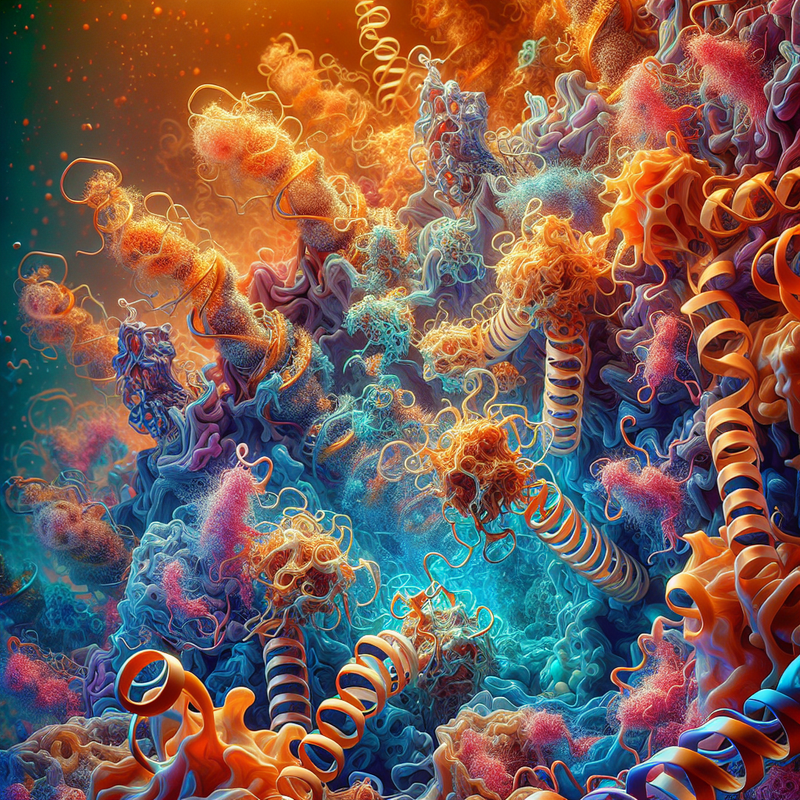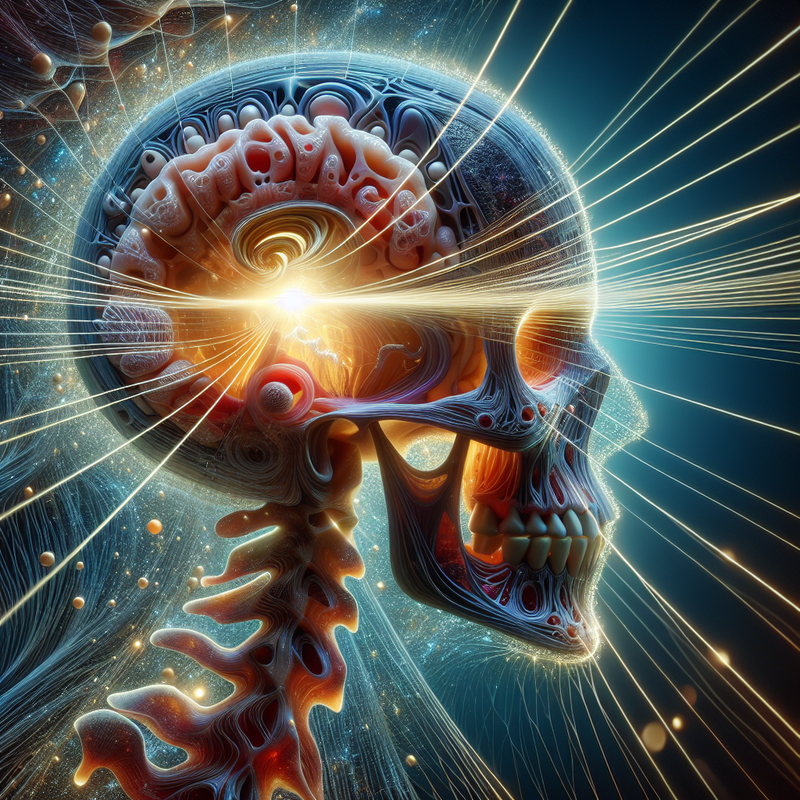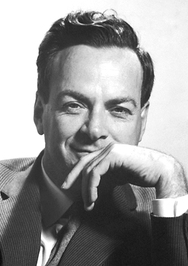A groundbreaking study conducted by scientists at the Research Institute of Molecular Pathology (IMP) has unveiled the significant role of a protein chaperone known as UNC45, which is critical for maintaining muscular health.
The findings, unveiled in the journal Nature Communications, shed light on the molecular underpinnings of muscle functionality and disorders linked to the muscular system.
Crucial for Muscular Soundness
The orchestrated interaction between actin and myosin proteins within muscle fibers enables the contraction and relaxation necessary for movement. To ensure muscles operate effectively, these proteins require precise organization, a vital process that persists throughout a person’s life, including during periods of physical activity, stress, and as we grow older. The protein chaperone UNC45, present in all eukaryotic life forms, is discovered to be central to the correct assembly and breakdown of myosin proteins, which helps to avoid the buildup of malfunctioning myosin.
A comprehensive analysis conducted by Tim Clausen’s research team at IMP elaborates on the functions of UNC45. This protein chaperone has the unique ability to discern between myosin that is properly folded and that which is not. “UNC45 accomplishes this by routing defective myosin to degradation systems and supporting the proper assembly of correctly folded myosin,” reported the study authors.
Utilizing cutting-edge approaches such as crosslinking mass spectrometry and X-ray crystallography, the researchers, including Antonia Vogel, a graduate from the Vienna BioCenter PhD Program working in Clausen’s lab, have mapped the complex interactions between UNC45 and myosin. “UNC45 has the capacity to interact with myosin that is both correctly and incorrectly configured, forming distinct functional complexes,” Vogel noted. Such a capability ensures that only functionally robust proteins persist, while the impaired ones are earmarked for disposal.
Potential Impact on Myopathies
UNC45’s significance traverses its role in muscle disease progression. Genetic aberrations in the UNC45 gene can result in muscle disorders, known as myopathies, such as the severe developmental myopathy called Freeman Sheldon Syndrome (FSS). A particular mutation in the FX3HY motif of myosin disrupts the vital myosin-UNC45 interaction necessary for proper myosin folding.
“Our research draws the first evidence-based association between anomalies in myosin quality control and the emergence of muscle disorders,” stated Clausen. The parallels observed between human mutations and those in model organisms, like C. elegans, exemplify the usefulness of these models in the investigation of human diseases.
The implications of this study not only offer deeper insights into disorders pertaining to myosin and muscles but also pave the way for novel therapeutic strategies that target the muscle quality control mechanisms. With the advancement of scientific knowledge on chaperone proteins such as UNC45, new avenues are being explored to tackle muscular diseases and ensure the preservation of muscle health at different life stages.







